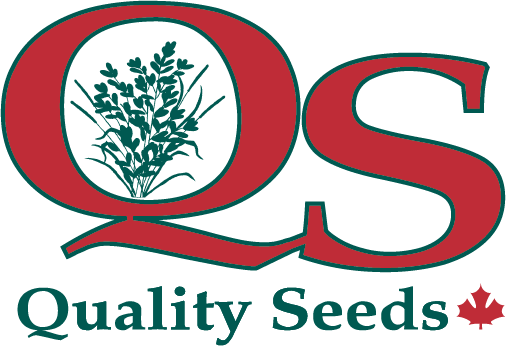Serious About Sod – Spring 2022

Serious About Sod – Spring 2022
Updated: Sep 14, 2022
Serious About Sod Spring 2022
1. Maximizing Fertilizer Efficiency
2. Improving Pesticide Performance
3. What is the Cost of Production for Sod in 2022
4. Spring Checklist of Things to Watch For
1. Maximizing Fertilizer Efficiency
The price of fertilizer is at record highs this year. There is some indication that fertilizer availability may be an issue at times during the growing season. Because of these two factors, we will need to extract the most efficient use of various fertilizer components, especially nitrogen.
Nitrogen can be sourced from ammonium sulfate, C.A.N., or AXAN, but the most-used source of nitrogen for sod production is urea, because of price. Per pound of actual nitrogen, urea is the most cost-effective product on the market. However, if not used properly, nitrogen sourced from urea can be lost to the atmosphere due to a process called volatilization. This is a process where urea is converted to ammonia gas if it is left on the soil surface for an extended period of time. This is not the case for all other nitrogen fertilizers.
To prevent the loss of nitrogen from the use of urea in sod production, the following information is vital:
a) Soil Temperatures: Temperatures above 21°C will greatly increase the amount of nitrogen released into the atmosphere.
b) Soil pH: Urea sitting on the top of soil can also be affected. If urea is left on the soil surface for 5 days, the loss of actual nitrogen can range from a loss of 3 lbs/acre at pH 5.0 to a loss of 25 lbs at pH 7.5. At pH 7.5, nearly 50% of the total nitrogen applied could quickly disappear.
c) Moist Soils: Applying urea on a wet soil surface will cause the urea to start breaking down, increasing on-the-surface loss, thus increasing the amount of nitrogen loss to the atmosphere.
d) Rainfall or Irrigation: To prevent the loss of nitrogen sourced from urea in sod production, urea must be moved from the soil surface into the soil as quickly as possible. As little as 0.25 inches of irrigation or rainfall will be sufficient to move urea deep enough into the soil to prevent ammonia (nitrogen) release into the atmosphere. All other nutrients, such as phosphorus, potash, sulfur, magnesium, and micronutrients are not subject to volatilization losses.
2. Improving Pesticide Performance
Almost all pesticides (herbicides, fungicides, and insecticides) can be affected by the condition of the spray water used. Pesticides in general have a longer half-life in spray water pH’s of 5.0-6.0. As well, water hardness can also reduce pesticide performance. High levels of calcium, magnesium, aluminum, and sodium are also detrimental to pesticides. The use of a water conditioner, which treats both the pH and hardness of the water source, is vital in getting the most performance out of the pesticides used. When water is properly conditioned, and where a range of rates is listed on the label (such as Roundup or glyphosate), usually the lowest rate on the label can be just as effective. The price of many pesticides has gone up significantly, and using the lower recommended rate effectively can save money.
Disclose pH is one water conditioner that can treat both water pH and water hardness. Test kits are available to determine the rate required. Generally, in Ontario, the average rate of Disclose pH used to condition the spray water is 2 liters per 1000 gals (4,000 L) of water.
3. What is the Cost of Production for Sod in 2022
This cost will be somewhat variable depending on the sod operation. However, this year, fertilizer prices and diesel fuel are up nearly 100%. The cost of diesel fuel will affect the cost of many operations on a sod farm, such as mowing, irrigating, fertilizing, soil preparation, planting, and transportation. The resulting costs to many farm operations this year could be up 30% or more. These costs will have to be passed on to your customers, and you will probably need to let them know this fact.
4. Spring Checklist of Things to Watch For
a) Grubs and Leatherjackets: Where these pests are found, an application of imidichloprid or chlorantraniliprole may be necessary. Be sure to add Disclose pH to enhance the performance of these pesticides.
b) Compaction: Check all fields for compaction around mid- to late-May. Where this issue arises, aeration may be required.
c) Weeds: Once sod is actively growing, check for broadleaf weeds and undesirable grasses. Where herbicides are required, do not forget to condition the spray water.
d) Winter Injury: Where winter injury is observed, an application of TruPhos Platinum @ 0.67 L/ac, or Terra Drive @ 1.) L/ac will help regenerate new roots and help overcome winter injury and stress.
If you have any questions or need advice, please contact me at 705-791-9321.
Joe Uyenaka
Senior Crop Agronomist, Nutriag
